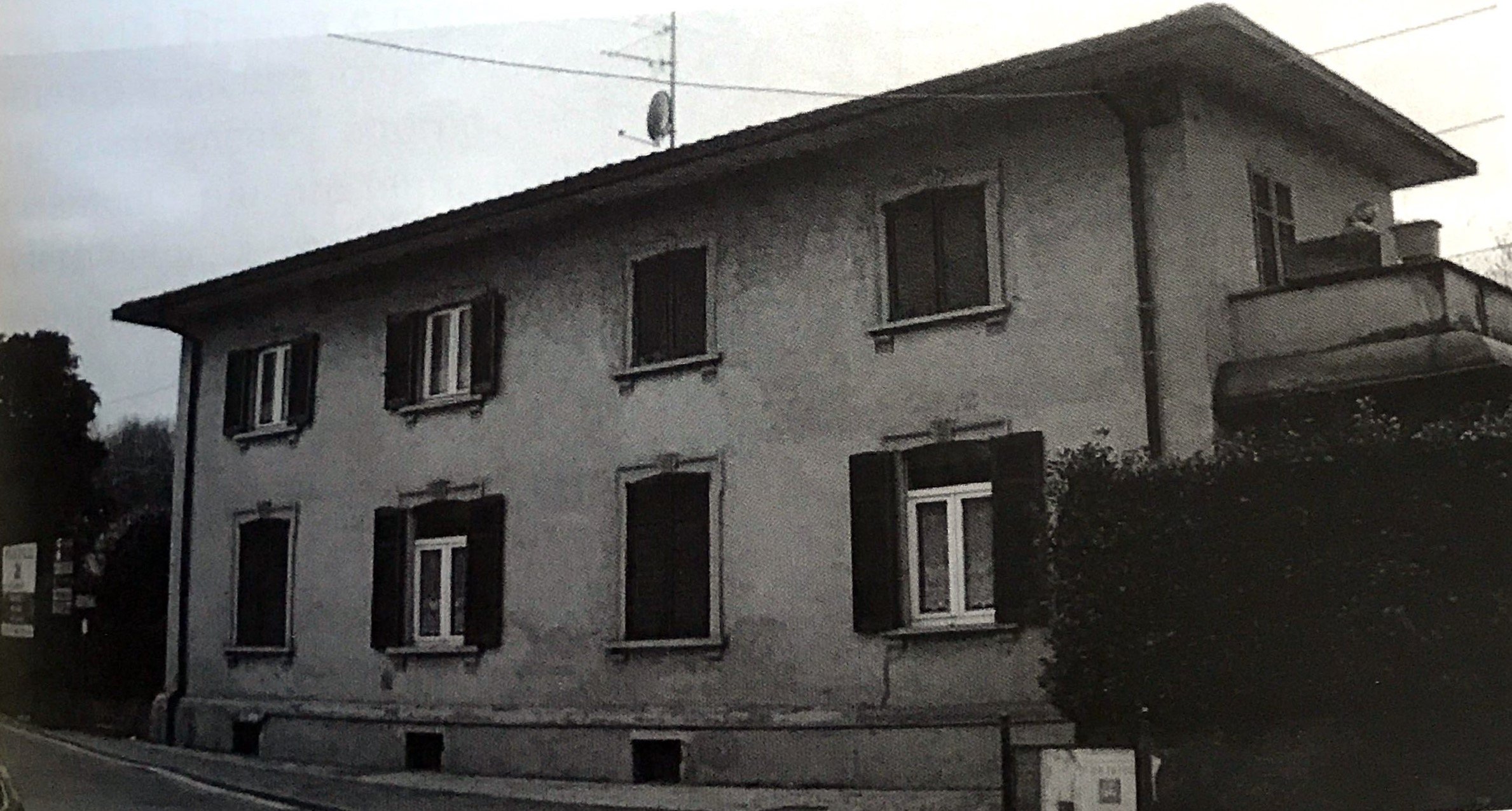Merone


Until the end of the 1800s the area was mainly given over to farming, especially vine and mulberry cultivation, which is how the “la vigna” area of Merone and the "la muranéra” area of Moiana gained their names. In the second half of the 1800s, exploitation of the waters of the Lambro river intensified, with the construction of several mills used to power hammers and presses, as well as machines used in the textile industry such as the Isacco spinning mill, the first of its kind in the Merone area. During this period, connection to the Milan-Incino railway line took place, and the old bridges on the Lambro river were replaced with more robust structures. This paved the way for Merone’s first stone bridge, built in the early 1900s.
The first station at Merone was opened in 1879 with the opening of the Milan-Erba line. As the plan for the Como-Lecco railway would bring it close to the town of Merone, the line’s construction company, the Società Italiana per le Strade Ferrate Meridionali, asked for and obtained permission to connect it with the Ferrovie Nord Milano line. The two railway companies joined forces to build a new facility at Ponte Nuovo, hence the alternative name of Merone-Ponte Nuovo, which opened to the public on 27 September 1888, a few days before the opening of the Como-Lecco line.
In 1928, the Società-Fabbrica di Cemento Portland Montandon & C. cement works opened, officially known throughout the area as Cementeria di Merone since 1941, quarrying marl and limestone. Construction of the cement works entailed the construction of a cableway, which connected the facility with the quarry in Pusiano. The 6km-long cableway was demolished in 2018.
Gallery

The new station, which the management of Ferrovie Nord and Ferrovia Adriatica decided to build jointly following an agreement reached in 1888, situated 100 metres further south and named Merone-Ponte Nuovo 
The first station at Merone, now a private home in Via Roma, was a few kilometres north of that built in 1888 
Lake Pusiano (3.1 km from the station): this pre-alpine lake located in the Brianza hills and in the Valle del Lambro Park has been praised by many artists and writers, including Parini (who dedicated his first volume of poetry to the lake), Monti, Porta, Manzoni, Stendhal and Segantini. The lake has a small island named the Island of Cypresses.